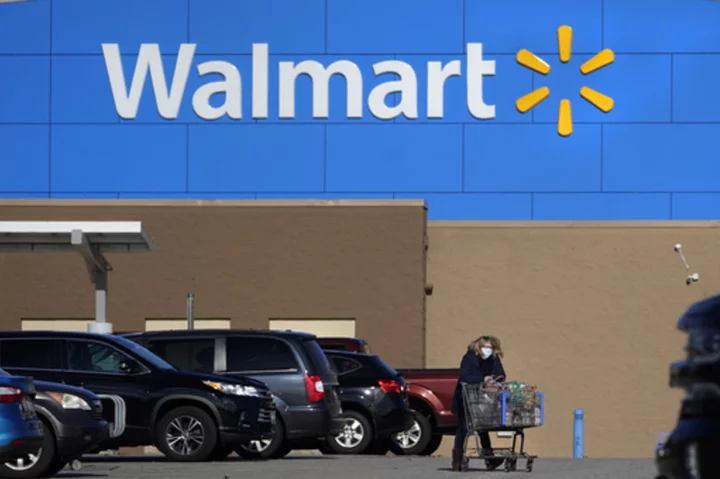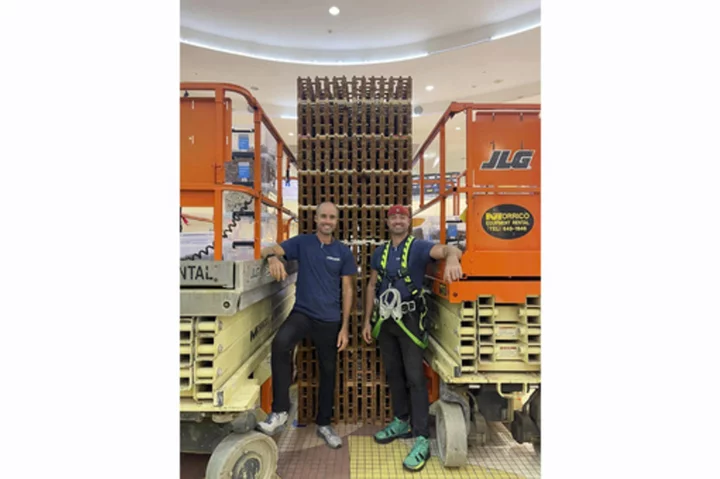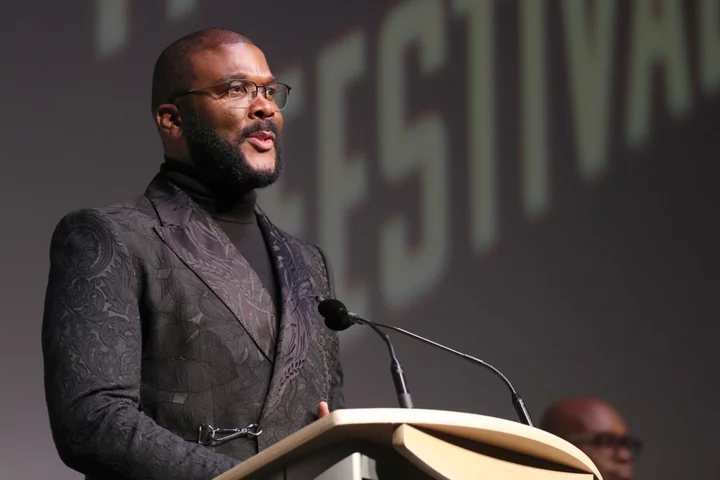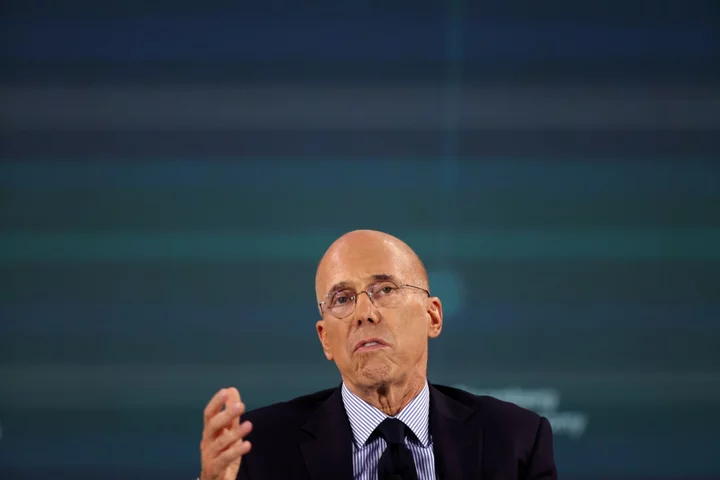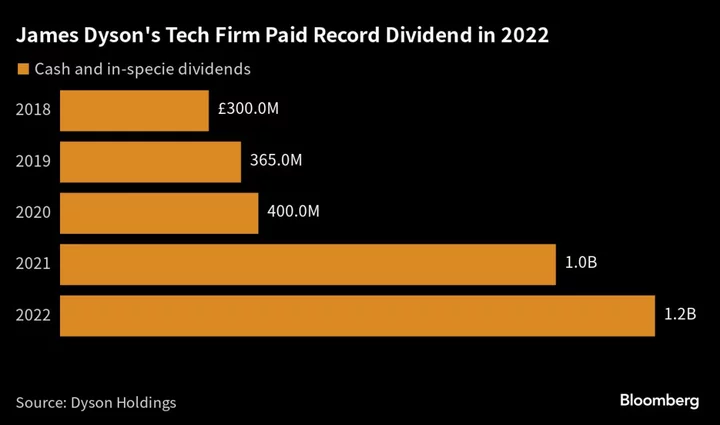US boat sales — which soared during the pandemic — are estimated to reach a decade low this year, another victim of higher interest rates.
Americans who were cooped up in their homes and had money to burn spent it in a boat-buying spree in 2020 and 2021. But after an extended period of rampant inflation and burdensome borrowing costs, sales have sunk back to the lowest level since 2013, and salespeople who could ink six-figure deals by barely lifting a finger are having to cajole customers again.
Michael Prince Jr., who sells $70,000 pontoons and fishing boats from metro Atlanta’s Lake Lanier area, still has a few 2023 models on his lot. Over the last couple of years, he would’ve already sold off his current-year models by now.
“I don’t think interest rates have killed this industry yet, but if they go up more, they could,” said Prince, managing partner of boat dealer Grass Shack. Still, he remains upbeat. “It’s just coming off such a high that it feels like an incredible downturn.”
Like cars and furniture, boat sales exploded early in the pandemic as consumers capitalized on stimulus payments and accumulated savings to cash in on big-ticket items. More than 1.4 million new and used powerboats were sold in 2021 — up 16% from 2019 — following several years of low, single-digit growth, according to the National Marine Manufacturers Association.
And the money flowed in. At OneWater Marine Inc., which runs boat dealerships across the US, operating income almost doubled to $153 million in its 2021 fiscal year. Then it climbed another 54% in fiscal 2022.
OneWater sells boats averaging $200,000 — ranging from a 2020 Bayliner for $30,000 all the way up to a five-cabin superyacht for over $14 million — but deals came easy.
“Covid came, inventories tightened up and we turned into Walmart greeters who could write up a sales form,” Chief Executive Officer Austin Singleton said. “You didn’t have to sell a boat. You were an order taker.”
However, the downturn has been almost as swift. This year the industry likely will sell 269,000 new powerboats and around 900,000 used ones, the lowest level for pre-owned vessels in NMMA data back to 2011. That’s because people opted for used boats during the pandemic when production of new ones struggled to keep pace with demand, so supply is still tight, the industry group said.
Sales are also depressed this year because consumers bought so many boats during the pandemic when they were flush with cash, which has reduced demand now for new and used boats alike.
While the US labor market is still strong by many measures, it’s been weakening more notably recently, and consumer sentiment — and spending — are both taking a hit. The Federal Reserve may be done hiking interest rates, but officials have signaled that borrowing costs will stay elevated for some time to ensure they quash inflation.
Sales Slump
Higher rates were a factor for lower sales at boat manufacturers like Brunswick Corp. and Malibu Boats Inc. in their latest quarter. It was also an issue for Robalo fishing boat manufacturer Marine Products Corp. — which saw sales slump 22% — citing a moderation in demand after the Covid surge as well as a hit to production from Hurricane Idalia, which struck the southeast US in August.
Loan rates have roughly doubled since early 2020 to around 9% today, taking the typical monthly payment on a 20-foot fiberglass boat, motor and trailer package from around $400 to about $700, according to a September presentation by Brunswick. Some of that is also due to higher prices, the firm said.
And manufacturers are trimming headcount. Orlando-based Correct Craft makes ski and fishing boats, with revenue around $1 billion. Lately, it’s had to cut its 2,400-person workforce by about 200, mostly through attrition. Chief Executive Officer Bill Yeargin said he’s been stumped by the downturn.
“This is the first time there’s been a significant disconnect between the economy and the boating industry. They tend to follow pretty closely,” Yeargin said. “The economy has continued to be pretty strong, but the boating industry’s been down a fair bit for several months.”
Read More: Americans Earning at Least $100,000 Begin to Curb Their Shopping
Several economists see consumer spending slowing into the end of this year coming off of a breakneck pace in the third quarter. While many expect the economy to dodge a recession, Americans are still pulling back on other large and luxury purchases, judging by results from retailers Home Depot Inc. and Whirlpool Corp., as well as prices of Rolex and Patek Philippe watches.
Yeargin chalks up the boating slump to rates, as well as demand fading from pandemic highs. He remains upbeat, nonetheless.
“I am seeing a leveling off,” Yeargin said. “I think we’ve found the new normal.”
--With assistance from Sam Hall.


